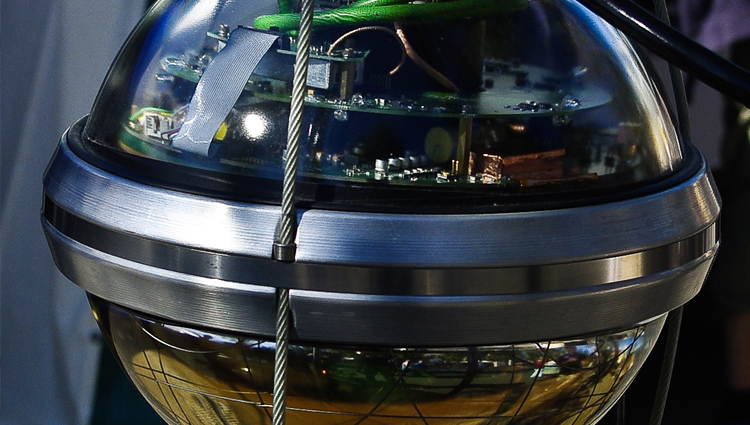Faster-than-Light Neutrino Results Laid to Rest

Last autumn, the physics world was abuzz with reports of neutrinos--highly abundant but invisible subatomic particles routinely produced in nuclear reactions such as those within the Sun--measured as traveling faster than the speed of light--believed to be the cosmic speed limit. Physicists announced the measurements they made of neutrinos from the CERN experimental facility in Switzerland to detectors in Gran Sasso Laboratory in Italy and asked the worldwide physics community to scrutinize the results as this would represent such an extraordinary finding. Media outlets, including Inside Science News Service, covered this story and subsequent developments for weeks.
But this result now appears to be history.
As we mentioned in Currents last month, the OPERA experimental team reported they identified a couple of problems in their experimental setup, including a faulty fiber-optic cable that could skew the results.
Another experimental team called ICARUS also measured neutrino transits and they have announced their results. However, their results are consistent with neutrinos traveling at the speed of light or slower.
So the declaration of Albert Einstein--whose 133rd birthday anniversary was this week--still holds. The speed of light in vacuum--roughly 300,000 kilometers, or 186,000 miles, per second--remains the speed limit of all known matter and energy in the universe.

